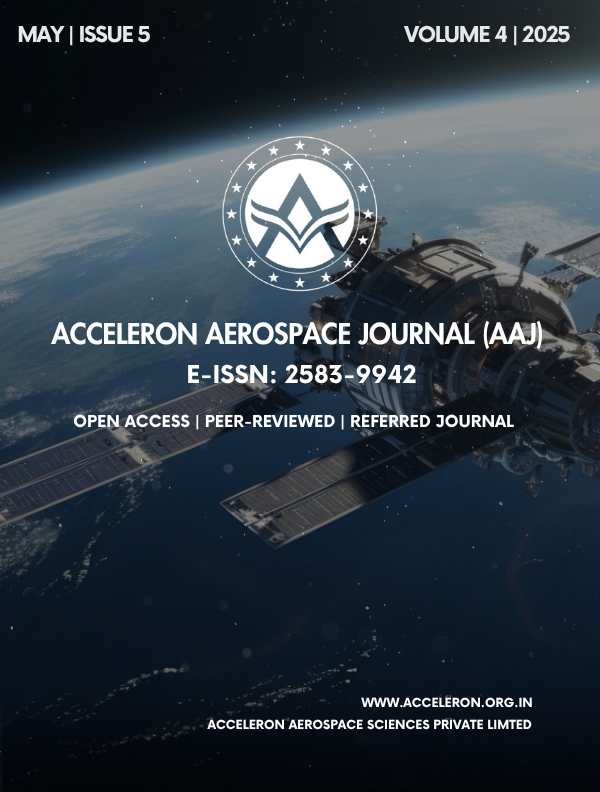Interplanetary CubeSat Networks: Challenges and Future Prospects in Deep Space Communication
DOI:
https://doi.org/10.61359/11.2106-2526Keywords:
Interplanetary Missions, Interplanetary Spacecraft, CubeSats, Deep Space CommunicationAbstract
The rapid development of miniaturized space technology has enabled CubeSats to extend their reach beyond low Earth orbit and be used for interplanetary missions. These small, low-cost spacecrafts hold new promises for distributed science observations, communication relay, and autonomous exploration. Establishing dependable communication networks for CubeSats in deep space is a significant challenge due to severe latency, limited power budgets, low bandwidth, and the lack of specialized interplanetary infrastructure. This review addresses the fundamental communication challenges of interplanetary CubeSats, including signal loss over large distances, Doppler shift, and frequency stability. It also speaks of current and future solutions such as Delay/Disruption Tolerant Networking (DTN), optical communications systems, and cooperative CubeSat swarm development. Through current mission analysis and projected architecture, this paper highlights the technological advances needed to enable scalable and fault-tolerant interplanetary CubeSat networks. The review is completed with a summary of future research directions and the urgent necessity of autonomous, adaptive communication systems to facilitate the next generation of deep space exploration.
Downloads
Downloads
Published
How to Cite
Issue
Section
Categories
License
Copyright (c) 2025 Acceleron Aerospace Journal

This work is licensed under a Creative Commons Attribution 4.0 International License.
The Acceleron Aerospace Journal, with ISSN 2583-9942, uses the CC BY 4.0 International License. You're free to share and adapt its content, as long as you provide proper attribution to the original work.





